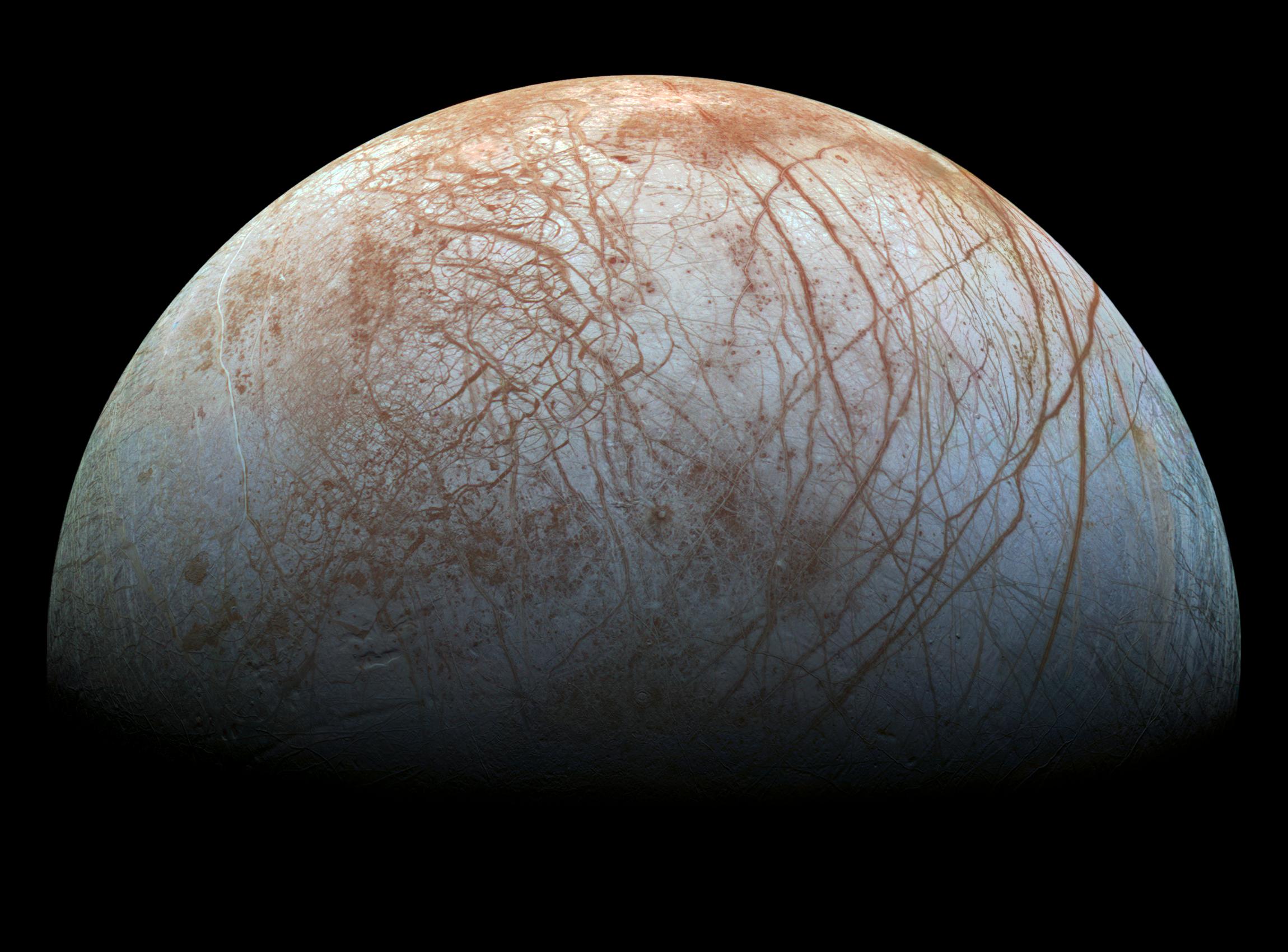Traces of alien life in single ice grain emitted from ocean-bearing moons

- Country:
- United States
Researchers may have achieved a significant milestone in humanity's quest to discover extraterrestrial life within our solar system, with a new study showing that single ice grain emitted from ocean-bearing moons of planets like Jupiter and Saturn may contain enough material for upcoming instruments to detect signs of life, if such life exists.
"For the first time we have shown that even a tiny fraction of cellular material could be identified by a mass spectrometer onboard a spacecraft. Our results give us more confidence that using upcoming instruments, we will be able to detect lifeforms similar to those on Earth, which we increasingly believe could be present on ocean-bearing moons," said lead author Fabian Klenner, a UW postdoctoral researcher in Earth and space sciences.
NASA's upcoming Europa Clipper mission will carry advanced instruments such as the SUrface Dust Analyzer (SUDA) to explore in even more detail the icy moon of Jupiter, Europa. SUDA is capable of analyzing ice grains for signs of life.
The research team used an innovative experimental setup to mimic the conditions these new-gen instruments will face, using a thin beam of liquid water in a vacuum that disintegrates into droplets. These droplets were then analyzed using mass spectral analysis, simulating what instruments on the space probe would detect.
More specifically, the study focused on Sphingopyxis alaskensis, a common bacterium in waters off Alaska. This single-celled organism is much smaller, lives in cold environments, and can survive with few nutrients, making it a better candidate for the kinds of life that may exist on the ocean-bearing Jovian and Saturn moons.
The instruments are capable of detecting this bacterium, or portions of it, in a single ice grain, with the new study showing that analyzing single ice grains, where biomaterial may be concentrated, is more successful than averaging across a larger sample containing billions of individual grains.
The SUDA instrument will be higher-powered compared to past instruments. It along with other future instruments also will for the first time be able to detect ions with negative charges, making them better suited to detecting fatty acids and lipids.
NASA's Europa Clipper space probe is scheduled to launch in October 2024.
- READ MORE ON:
- Ocean Moons
- Europa
- Europa Clipper
- extraterrestrial
- alien










